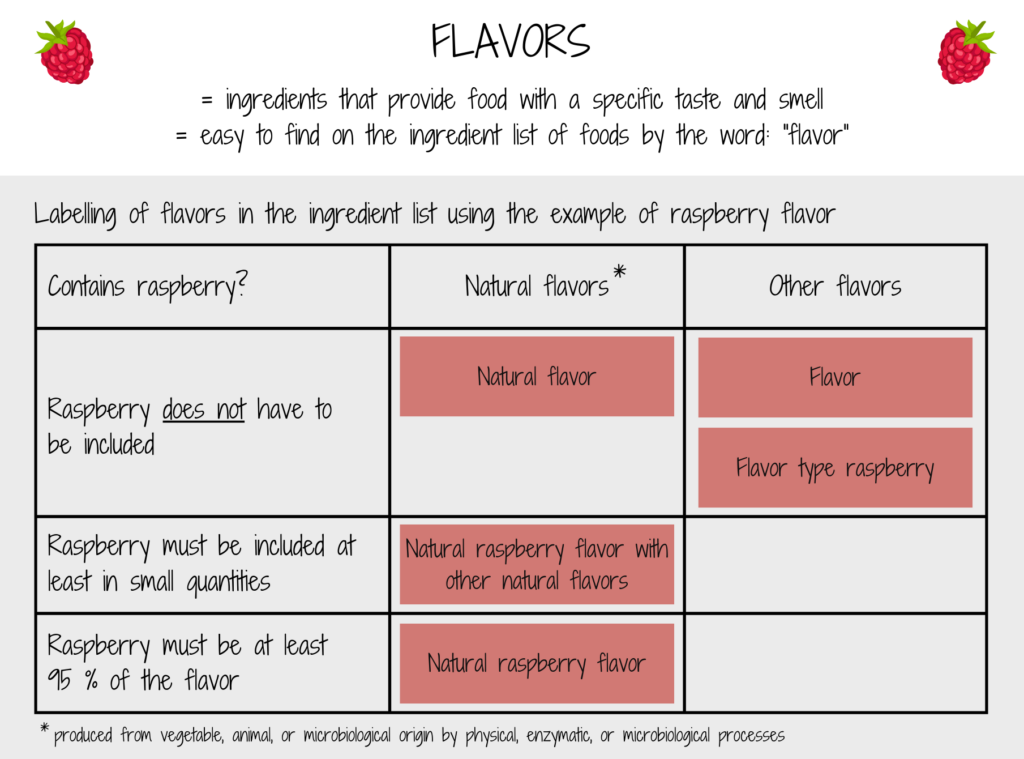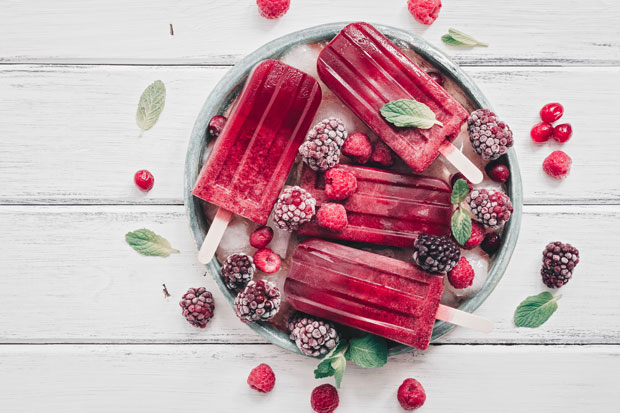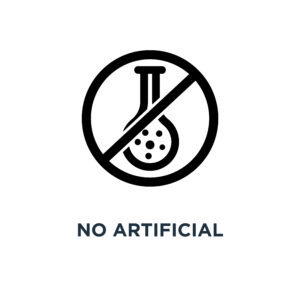
Major points:
- Flavors are added to foods during processing to provide them with a specific taste and smell.
- So-called natural flavors are produced from plant, animal, or microbiological sources using physical, enzymatic, or microbiological processes.
- Flavor addition to foods can easily be detected by the word “flavor” in the ingredient list.
What are flavors?
Flavors are ingredients that can provide food with a specific taste and smell. The word “flavor” is Greek and can be translated as “spice”. Flavors are added during the production of food and can change or even improve its taste.
E.g., if raspberry flavor is added to ice cream, fewer real raspberries are required but the ice cream still tastes intensely of raspberry. Even small amounts of raspberry flavor are enough to create a super delicious taste.
What are flavors made of?
Flavors are often mixtures of many different components. What is counted as a flavor is defined in a European law and includes:
- Flavoring substances
- Flavoring preparations
- Thermal process flavorings
- Smoke flavorings
- Flavor precursors

The raspberry flavor for the raspberry ice cream could therefore consist of different components.
What are natural flavors?
In the past, a distinction was made between artificial and natural flavors but the term artificial flavor is no longer used.
A flavor may be labeled as natural if all its components (e.g., flavoring substances or flavoring preparations used) are natural.
A natural flavor can be produced from vegetable, animal, or microbiological origin, e.g., from raspberries, meat, or yeast. It is specified which manufacturing processes may be used. These are:
- Physical processes, e.g., extraction of flavor from a foodstuff
- Enzymatic or microbiological processes, e.g., the production of flavor with the help of bacteria or fungi

Natural flavors must occur in nature. However, they can be produced from other starting materials, e.g., a natural flavor that tastes like vanilla can be made from rice.
A flavor may not be called natural if it is chemically produced or does not occur in nature. E.g., the tutti-frutti flavor often used in confectionery is not natural since no fruit tastes like tutti-frutti.
Flavoring preparations are always natural flavors. They are also obtained by physical, enzymatic, or microbiological processes from foods or from substances of vegetable, animal, or microbiological origin. Examples are spice extracts (e.g. vanilla extract) or essential oils (e.g. orange oil).
How do you know if and which flavors have been used?
You can easily tell whether your food contains flavors by looking at the ingredient list and searching for the word “flavor”. The designation in the ingredient list also allows conclusions to be drawn about the specific flavors used. A flavor in raspberry ice cream could be indicated in the ingredient list in the following ways.
Indication on the ingredient list
Natural manufacturing process?
Natural raw
material?
Raw material?
Explanation
Flavor
No info
No info
No info
–
Natural flavor
Yes
Yes
No info
–
Flavor type
raspberry
No info
No info
No info
Flavor tastes like raspberry, but does not have to be derived from raspberries
Natural
raspberry
flavor
Yes
Yes
Flavor must be derived from at least 95% raspberries
Taste of raspberry is required
Natural
raspberry
flavors with other natural
flavors
Yes
Yes
Flavor is derived from less than 95% raspberries
Taste of raspberry is required
1. Flavor
Natural manufacturing process: No info
Natural raw material: No info
Raw material: No info
2. Natural flavor
Natural manufacturing process: Yes
Natural raw material: Yes
Raw material: No info
3. Flavor type raspberry
Natural manufacturing process: No info
Natural raw material: No info
Raw material: No info
Flavor tastes like raspberry, but does not have to be derived from raspberries
4. Natural raspberry flavor
Natural manufacturing process: Yes
Natural raw material: Yes
Taste of raspberries is required.
5. Natural raspberry flavor with other natural flavors
Natural manufacturing process: Yes
Natural raw material: Yes
Raw material: Flavor is derived from less than 95% raspberries.
Taste of raspberries is required
When may flavors be used?
Flavors must be approved before they can be used in food production. All approved flavors are summarized in a list that is valid throughout Europe.
Flavors may be used in food under two conditions:
- They do not pose a health risk to the consumer.
- They must not mislead the consumer.
What does Neatic recommend concerning flavors?
In Neatic, flavors are consistently avoided due to their appetite- and weight-increasing effects.
If you’ve been wondering how to get through the barbecue season without using added flavors, here are a few tips for you.
Bibliography:
Deutscher Verband der Aromenindustrie e.V.: Themen. Available online at https://aromenverband.de/themen/, checked on 8/3/2022.
Europäische Union (2008): Verordnung (EG) Nr. 1334/2008 des europäischen Parlaments und des Rates vom 16. Dezember 2008 über Aromen und bestimmte Lebensmittelzutaten mit Aromaeigenschaften zur Verwendung in und auf Lebensmitteln sowie zur Änderung der Verordnung (EWG) Nr. 1601/91 des Rates, der Verordnungen (EG) Nr. 2232/96 und (EG) Nr. 110/2008 und der Richtlinie 2000/13/EG. L 354/34.
